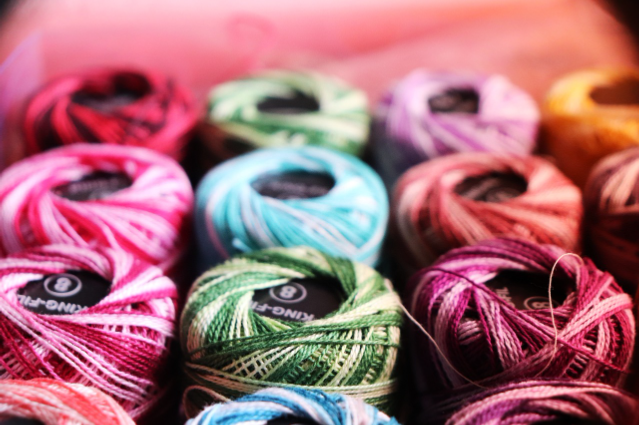
Threads of Hope in a Tapestry of Chaos
Weaving Resilience and Dreams Amid Uncertainty
The evening sun dipped low over the bustling city of Kolkata, painting the sky with hues of crimson and gold. Amid the chaos of honking horns, crowded streets, and the relentless rhythm of life, Priya sat by her small window, a steaming cup of tea in her hand. Her eyes followed the flight of a kite—tattered yet soaring high, defying the turbulent winds. It reminded her of her life: frayed at the edges but still holding on, fighting the odds.
Priya was no stranger to hardship. Born in a small village near the Sundarbans, she had seen the merciless side of nature. Cyclones had ravaged her home repeatedly, stealing not only possessions but dreams as well. After her family migrated to Kolkata for stability, life became a whirlwind of struggles—her father's failing health, her mother's quiet sacrifices, and her battle to continue her education. Yet, she had never let despair take root.
Her small rented room was a testament to her resilience. The walls bore hand-painted designs—art that Priya created as an escape from the daily grind. A makeshift sewing machine stood in one corner, surrounded by colorful fabrics. Priya had started a small tailoring business to support her family while pursuing her college degree in social work.
One day, while returning from her evening classes, she noticed a little girl sitting on the pavement near her house. The child, no older than six, was stitching a torn piece of cloth with surprising skill. Intrigued, Priya knelt beside her.
“What’s your name?” Priya asked gently.
“Anu,” the girl replied, her eyes wide but cautious.
“Where’s your family?”
Anu pointed to a shabby tent nearby. “We lost our house in the floods. Ma sends me to the market to collect scraps of cloth. I make bags to sell.”
That night, Priya couldn’t sleep. Anu’s story echoed her struggles, but it also sparked an idea. Over the next few days, she spoke to the women in her neighborhood, many of whom were skilled in stitching but lacked opportunities. Together, they began collecting discarded fabrics from local shops.
What started as a modest initiative soon grew into something transformative. Priya named it "Threads of Hope." They created beautiful quilts, bags, and garments from the scraps, selling them at local markets. Each stitch carried a story—of survival, of courage, of dreams reborn. The initiative not only provided income to women like Anu’s mother but also brought a sense of purpose to their lives.
As the project gained recognition, Priya’s story was featured in a local newspaper. Orders started pouring in, and she expanded her team to include young girls who had dropped out of school. Priya ensured that a part of the earnings went toward their education.
One evening, as Priya sat stitching a quilt with Anu by her side, she felt a profound sense of fulfillment. The once-tattered kite of her life was now part of a vibrant tapestry, woven with the threads of hope she had helped others find.
Amid the chaos of the world, Priya had learned that it wasn’t the absence of turmoil that brought peace but the courage to create beauty within it.
